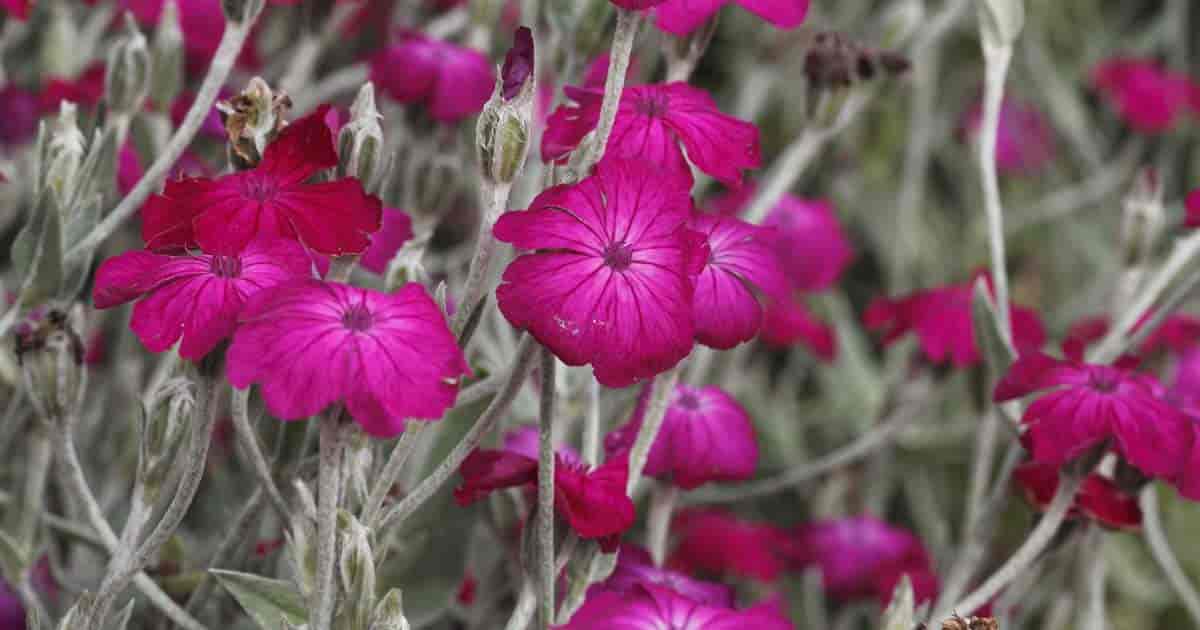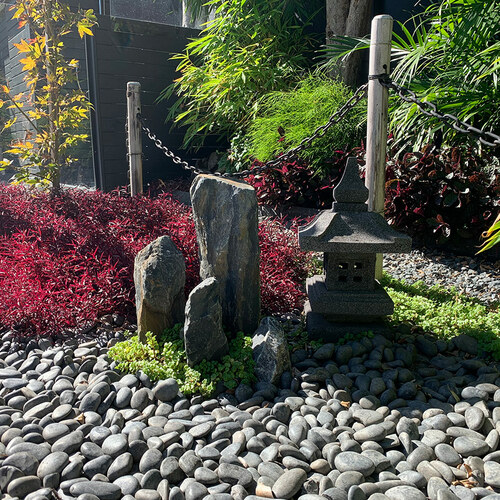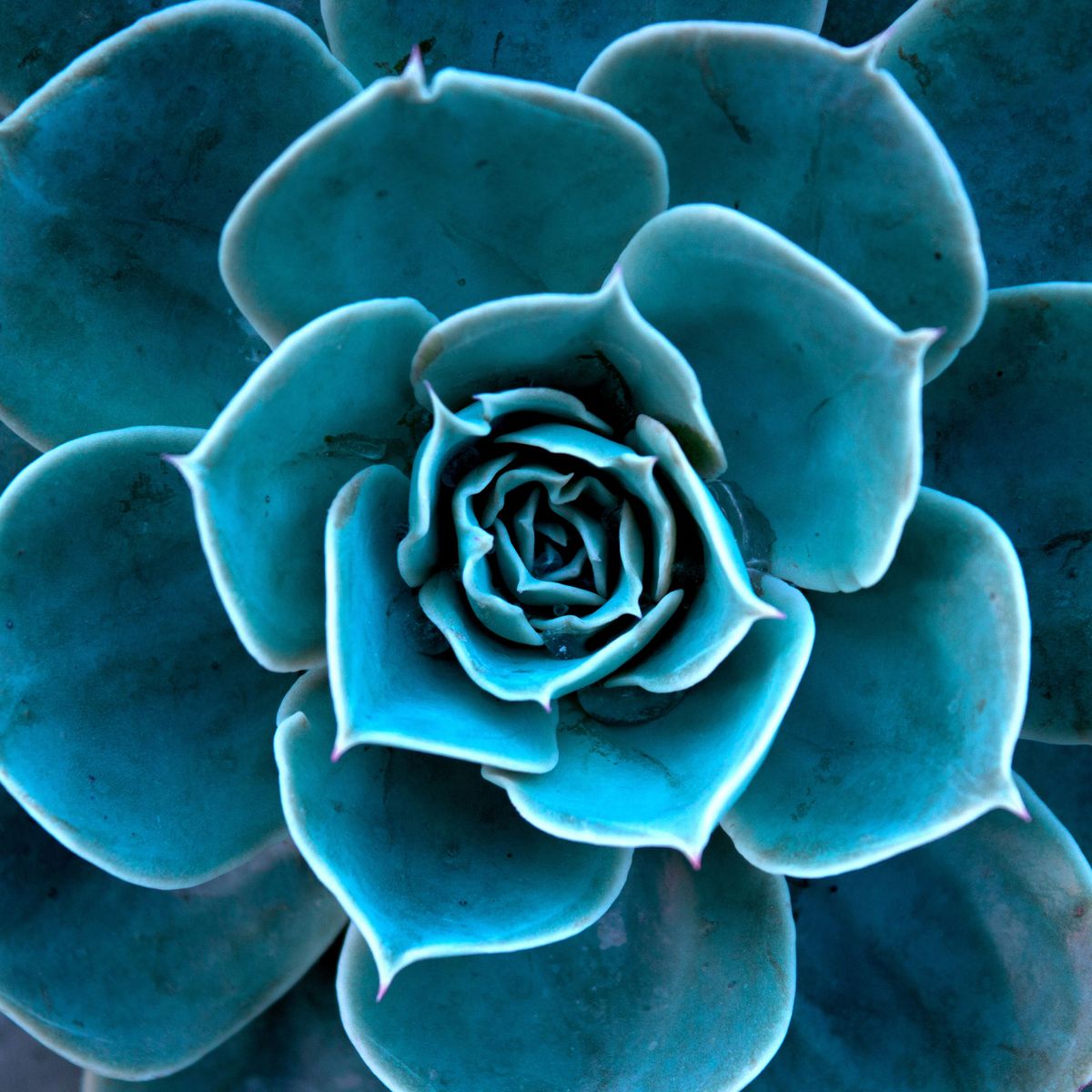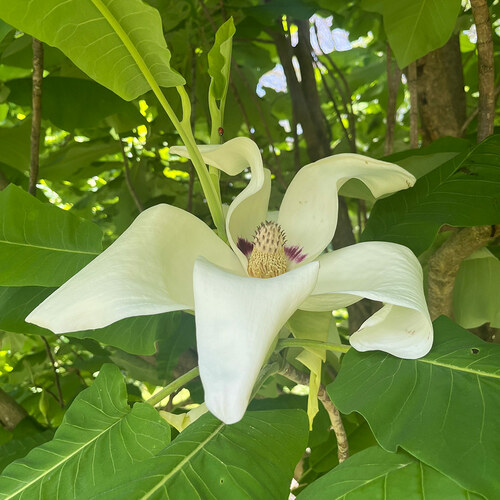Campions are perennial flowers commonly grown in flower beds, indoor pots, and tubs.
Lychnis coronaria [LIK-niss] [kor-oh-NAR-ee-uh], also known as Silene coronaria and rose campion, is the most popular Campion a flowering perennial.
The genus name ‘Lychnis’ mean ‘lamp’ in Greek and Coronaria comes from the Greek word “used for garlands.” In the old days the woolly leaves were used as lamp wicks.
There are many varieties and hybrids but Lychnis coronaria has several common names. Besides rose campion, it goes by:
- Catchfly
- Rabbit’s ears
- Crown pink
- Mullein pink
- Lamp flower
- Dusty miller
- Alba
- Bloody williams
- Silver-gray
The Rose campion belongs to the Caryophyllaceae family and come from Southeastern Europe.
The beautiful blooms come in flower colors, from white to bright magenta flowers attracting butterflies and hummingbirds.
The plant is a common houseplant, as it’s easy to grow year-round indoors or outside.
In fact, after planting in a garden, it is harder to get rid of the rose campion than to keep it growing.
Lychnis Rose Campion Care
Popular cultivars of the Rose Campion include:
- Abbotsford Rose with rose colored flowers
- Angel Blush with white flowers and a pink blush
Size and Growth
Most varieties of lychnis share similar features. Rose campion plants tend to have bushy bases with tall, upright growth.
The silver stems may reach up to 16” inches. The leaves typically reach about five inches and have a woolly texture like lambs ears (Stachys).
It has oval-shaped leaves, with larger leaves near the bottom.
The leaves are typically a solid green color but may appear silvery when grown in dry soils.
Rose campion is a perennial but doesn’t last for many years.
Most people grow it as a biennial or annual.
Rose Campion Flower and Fragrance
The plant blooms in late spring and early summer, with different varieties producing different flowers.
Rose campion, produces magenta-colored or rose-colored flowers with soft, round petals and white-flowers.
Lychnis x arkwrightii, another popular variety, produces scarlet flowers with a distinct appearance. These flowers look like small windmills.
In fact, in Denmark, people call the flowers red windmills.
While the flowers are lovely, they don’t produce a fragrance.
Light and Temperature
Lychnis grows well in almost any region, including areas that receive snowfall in the winter.
It’s a hardy plant, suited for USDA hardiness zones 4 to 8.
Rose campion prefers a cool environment before the bloom arrives.
To encourage a fuller bloom, keep the plant in a cold environment during the spring, ensuring the temperature doesn’t reach above 65° degrees Fahrenheit.
It may need to come inside to avoid the warmth and humidity of the spring.
After the flowers bloom, it can go back outdoors.
Give rose campion plenty of sunlight, especially when placed outdoors.
As with many silver-leaved foliaged plants, give rose campion a well-drained, fairly dry soil condition in full sun or partial shade.
If kept indoors, avoid placing in a window with full sun in the afternoon, as the constant UV exposure may scorch the leaves.
Watering and Feeding
Water the drought tolerant plant regularly during the active growing season. Reduce watering in the winter.
If kept in a pot or tub, avoid overwatering. Excessive moisture promotes rot and fungal growth.
Feed the plant between April and June, using standard garden fertilizer.
Campion plants are deer resistant and drought tolerant.
Soil and Transplanting
The type of soil depends on the variety.
Use porous soil with fast drainage for lychnis x arkwrightii. The soil should be light and rich.
If the soil has a clay-like consistency, add sand to the soil to improve drainage.
When growing rose campion, use a light, porous garden plants soil.
When grown outdoors, divide or move the plant every few years to encourage a longer life.
If grown in a container, repot the plant each year in the spring.
If purchasing a mature plant , avoid planting outdoors until after it finishes bloom time.
Grooming and Maintenance
Rose campion doesn’t need grooming, but cut deadhead spent blooms encourages fuller growth and flowers.
Pruning: Cut the stems back to 1/3 their size in late fall or early winter after growing slows.
NOTE: Cut flowers to discourage self-seeding. Cut the flower stems back, leaving just the foliage.
You may also like the: Flowering Silene Viscaria
How To Propagate Rose Campion Lychnis Campion
Propagate from seed or division. Plants grown from seed should bloom in their second year.
Propagating Campion From Seed
- Sow seeds outdoors in the summer or indoors in the spring.
- Sprinkle the seeds over fertile and keep moist.
- If started indoors, stay in a bright spot.
- Water and feed the growing plants regularly.
- After the seedlings begin to grow leaves, thin them out.
- Space plants 12” to 15” inches apart or grow them in individual containers.
Propagating Campion By Division
- To propagate through division, wait until the spring when it’s time for repotting or replanting.
- Prepare the new pot with a thin layer of moist soil and apply mulch.
- Carefully divide the plant, separating at the roots.
- Water and fertilize the young plants throughout the spring and summer.
- While they may bloom the first year, they are most likely to bloom the following summer.
NOTE: If growing outdoors plants will do better if moved or divided once every 3 years.
What Are The Main Lychnis Pests or Disease Problems?
Aphids may attack the plant when it grows outdoors. Spray the plant with water to treat minor infestations.
For a severe attack, use a mild horticultural spray oil insecticide or try Neem.
Uses For Lychnis
Rose campion works well planted in perennial borders, in rock gardens or in cottage gardens due to its short stature and solid growth.
Plant around the edge of a flower bed or window boxes, with taller plants behind the Campion.
To bring more color into the house, keep the plant indoors in a cool spot throughout the spring.
Silene Is Easily Grown Using Rocks!
Below you’ll find how Virginia Pennington shared her experiences and use of the Silene plant back in April 1960. This comes from our “Vintage Gardening Series” on plants.
If you are looking for a good edging plant don’t overlook the bright fuchsia colored flower called silene (armeria). The color is so intense it stops most garden visitors in their tracks.
Most people have overlooked huge delphiniums, specimen roses, and other choice plants to exclaim over this eye-catching flower in the garden.
Silene is actually of the pink family and is commonly called sweet william catchfly, chiefly because of the sticky substance on the foliage. Silene grows erect with flower heads spreading from the bloom similar to the sweet william, but the blossom itself is smaller.
Silene, an annual, starts blooming about, the first of June and continues for at least six weeks. Seed pods then form and in a few weeks, new plants from these seeds are sprouting freely. My favorite method of propagating these plants is with rocks.
Propagating With Rocks
When I want plants to seed themselves I place a few medium size rocks among the plants before the seeds begin to fall, and forget about them.
The rocks are simply a reminder for me not to hoe in this area. They tend to hold moisture and give the seeds a bit of shade until the seedlings have sprouted.
When new plants begin to appear I remove the rocks to another part of the garden where seed pods are forming on other plants, keeping the “rock system” going in my garden the entire summer.











